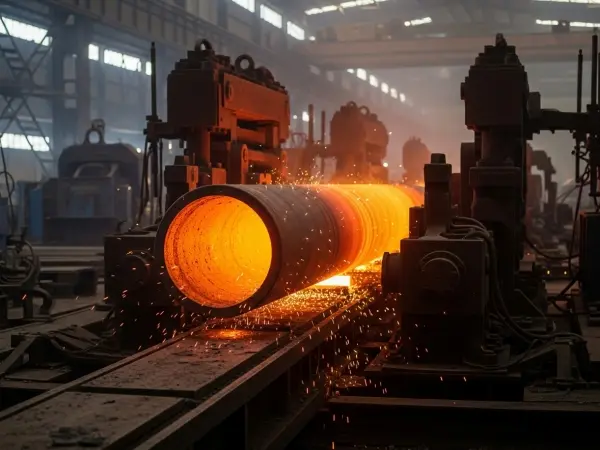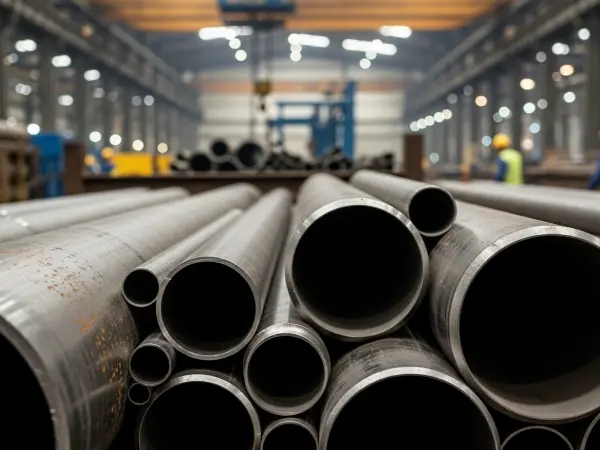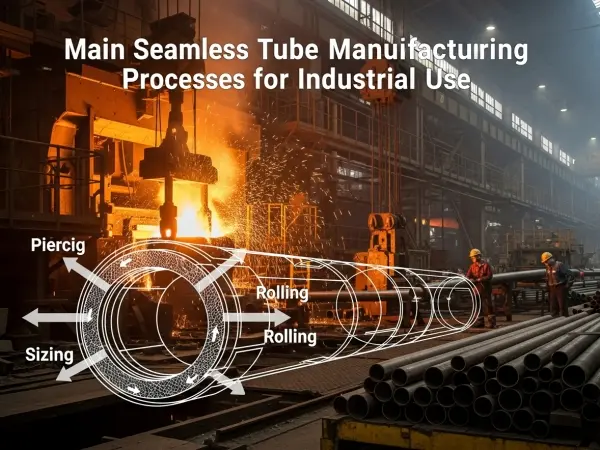
Seamless stainless tubes are essential components in industries ranging from aerospace to chemical processing due to their strength, corrosion resistance, and smooth surface finish. When it comes to manufacturing seamless stainless tubes, two primary methods dominate the industry: hot extrusion and cold drawing. Understanding the differences between these production techniques is crucial for selecting the right tube for specific applications.
A seamless stainless tube is a hollow cylindrical product made from stainless steel without any welded seams. Unlike welded tubes, seamless stainless tubes offer superior structural integrity, higher pressure resistance, and better overall durability. These tubes are widely used in high-pressure environments, heat exchangers, and critical pipelines where reliability is non-negotiable.
Hot extrusion is one of the oldest and most commonly used methods for producing seamless stainless tubes. In this process, a heated stainless steel billet is forced through a die to form a hollow tube. The high temperature allows the metal to flow easily, creating a uniform wall thickness and smooth internal surface.
Cold drawing, on the other hand, involves pulling a stainless steel tube through a series of dies at room temperature. This process compresses the material, refining its grain structure and enhancing mechanical properties. Cold-drawn seamless stainless tubes are known for their high precision and superior surface finish.
The choice between hot extrusion and cold drawing depends on the specific requirements of the application:
· For large-diameter seamless stainless tubes where speed and cost efficiency matter, hot extrusion is typically preferred.
· For precision applications like hydraulic systems, medical devices, or critical instrumentation, cold drawing is ideal due to its dimensional accuracy and surface quality.
In many cases, manufacturers combine both processes: starting with hot extrusion to form the tube, followed by cold drawing to achieve the desired precision and finish.
Seamless stainless tubes are indispensable in high-performance industries, and selecting the right production method is key to optimizing performance and cost-efficiency. By understanding the differences between hot extrusion and cold drawing, engineers and procurement specialists can make informed decisions that ensure reliability, precision, and long-term durability.
Whether your project demands large-scale tubing or finely precise components, knowing when to choose hot extrusion or cold drawing will help you achieve the best results with seamless stainless tubes.


